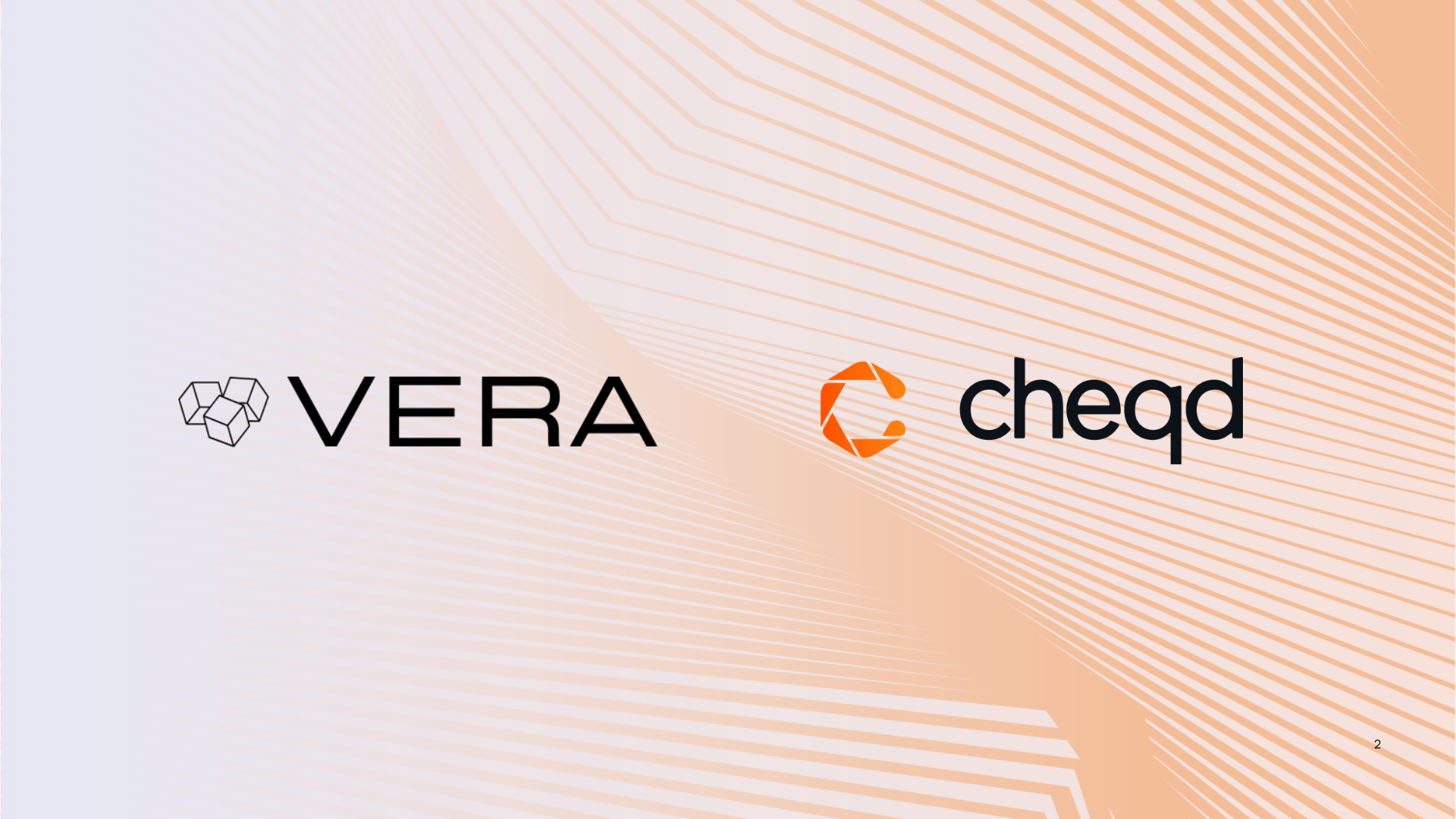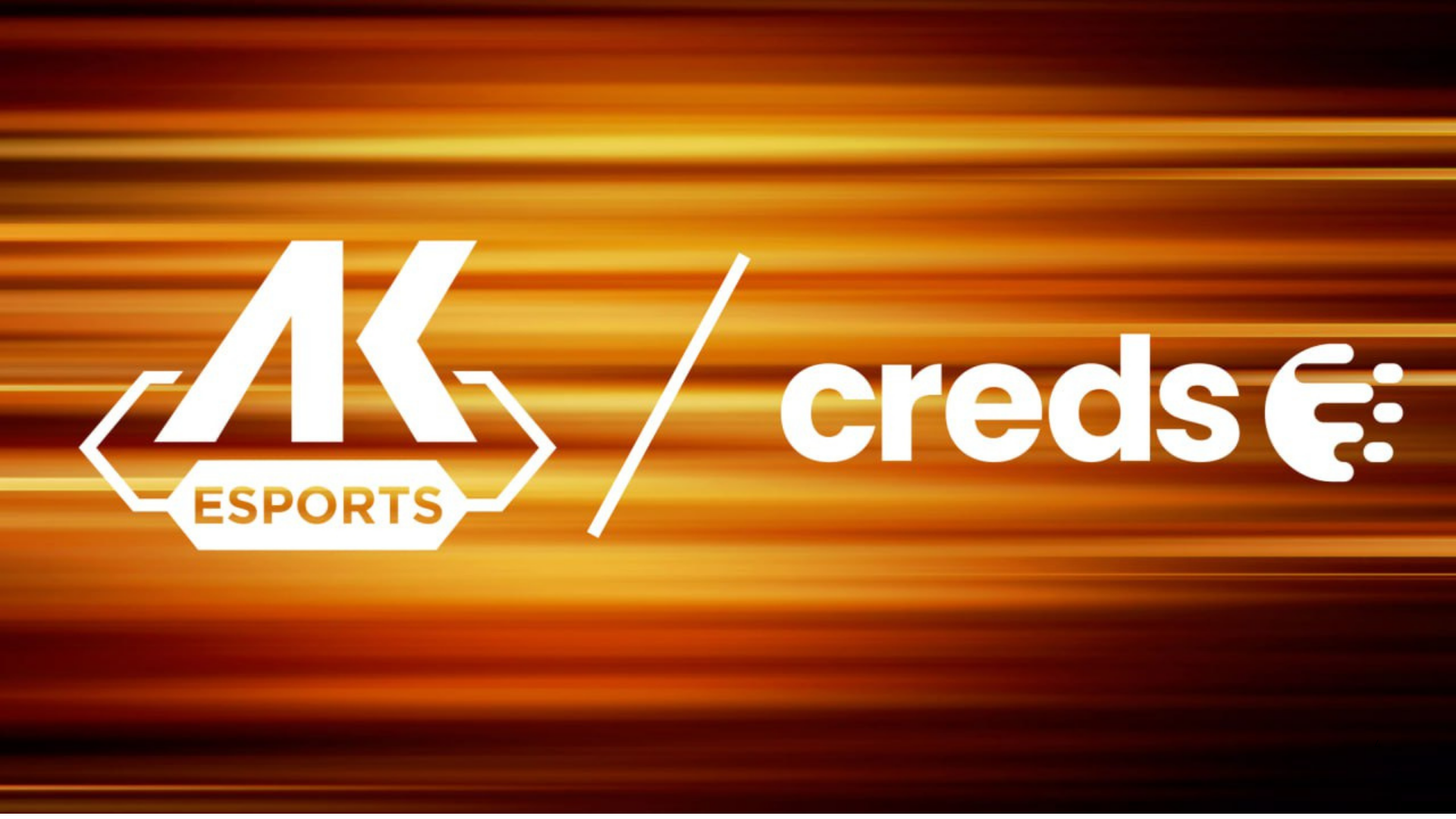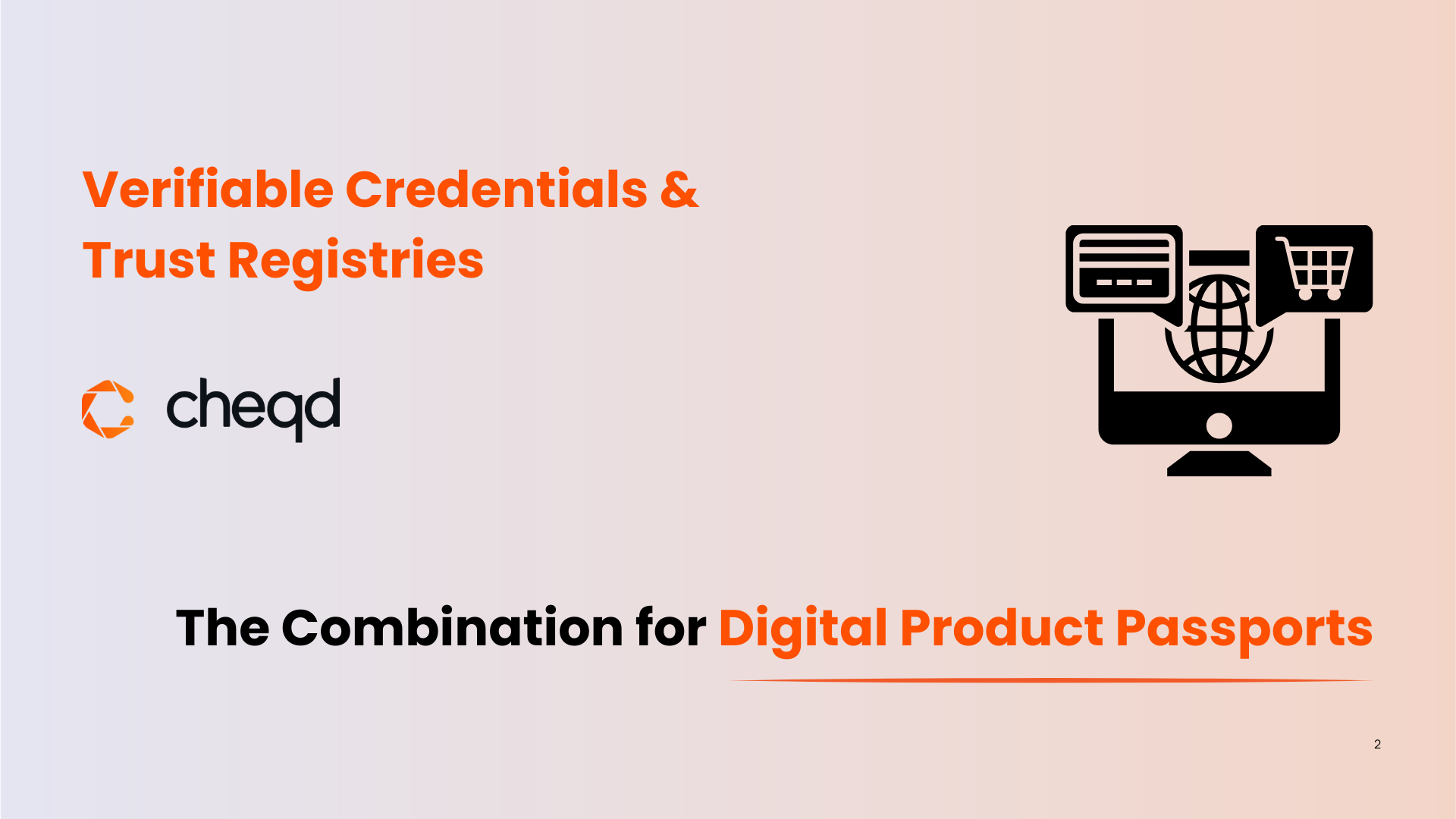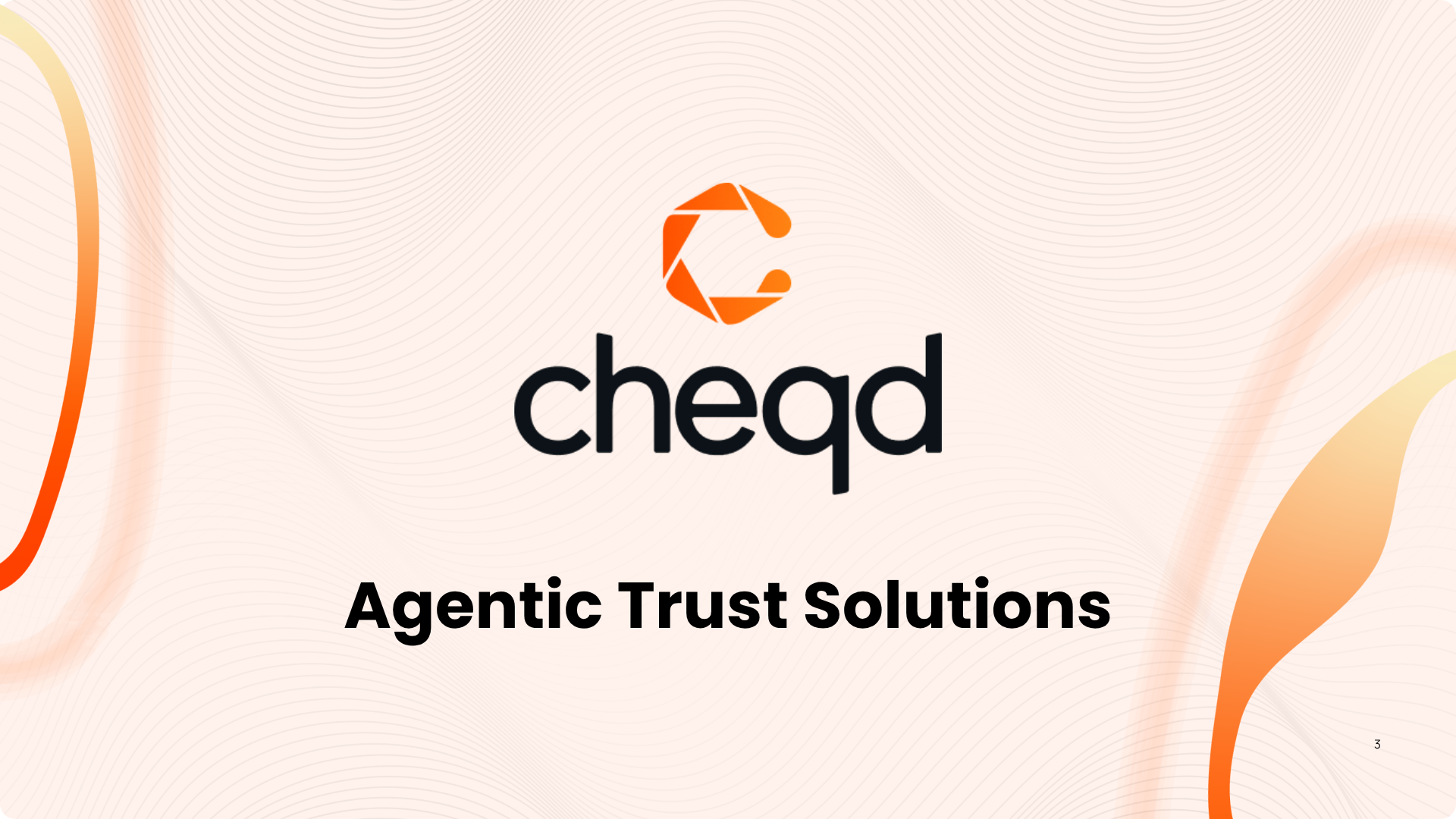
Content Credentials – A Novel Way to Monetise Your Content
Learn how easy it is to prove your content ownership and then sell it. The Challenge of Proving Content Ownership Since generative AI was developed,
From Web3, Trusted Data Markets, Soulbound tokens, self-sovereign identity (SSI), decentralized identity, blockchain, governance, CeDeFi, technology delivery, and enterprise deployment – we provide our latest perspective and discuss all things digital identity.

Learn how easy it is to prove your content ownership and then sell it. The Challenge of Proving Content Ownership Since generative AI was developed,

The Verifiable AI Hackathon 2025, hosted by cheqd in collaboration with Dorahacks, Verida, and Sprite+, brought together builders, developers, and visionaries working at the intersection

The partnership brings cheqd’s decentralised identity infrastructure to VERA’s encrypted B2B messaging platform, enabling instant, verified communication for companies in South Africa and globally. VERA,

London, UK, (May 28 10AM BST): Creds, a reputation platform built by cheqd.io that allows players to own and transfer their in game achievements, partners

Digital Product Passports (DPPs) are digital records that aggregate and store data about a product and its footprint along the supply chain. To put it

AI agents are developing from simple chatbots into capable assistants that can carry out valuable tasks and automate decision making. As adoption accelerates, the need
Select your language to view our content